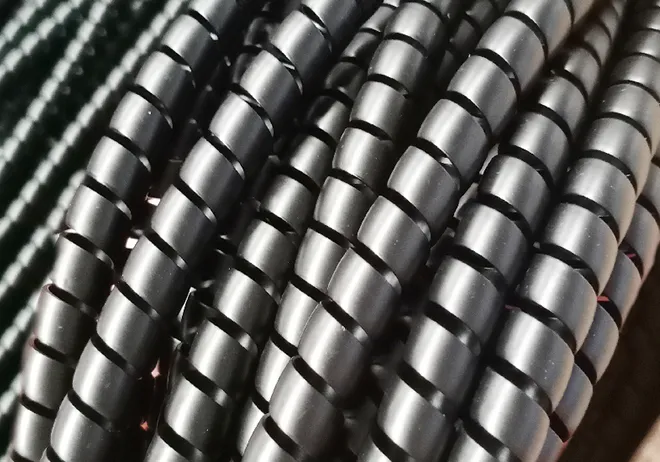brake hose rubber
Understanding Brake Hose Rubber Essential for Vehicle Safety
When it comes to vehicle safety, every component plays a crucial role, but few are as critical as the brake system. Within this system, the brake hoses, particularly those made from rubber, serve an essential function in ensuring that a vehicle can stop safely and efficiently. This article will delve into the significance of brake hose rubber, its composition, and maintenance practices that can enhance vehicle performance and safety.
What is Brake Hose Rubber?
Brake hoses are flexible tubes that transfer brake fluid from the master cylinder to the brake calipers at each wheel. The material used for these hoses is often high-quality rubber, chosen for its strength, flexibility, and resistance to environmental factors such as heat and moisture. Brake hose rubber is specifically engineered to withstand the high temperatures generated during braking and the corrosive nature of brake fluids.
Composition and Properties
The rubber used in brake hoses is typically a blend of natural and synthetic rubber compounds, providing a balance between elasticity and durability. This combination allows the hoses to flex and move with the vehicle's suspension without compromising the integrity of the fluid being transported.
In addition to its rubbery nature, the material is often reinforced with braided fabrics or steel wire to enhance tensile strength and reduce the risk of rupture under pressure. The internal lining of brake hoses is designed to resist the absorption of moisture, which could lead to rust and corrosion within the brake system.
Importance of Quality
The quality of brake hose rubber is critical. Inferior materials can lead to leaks, reduced braking performance, and even complete brake failure, which can have dire consequences. Over time, exposure to heat, moisture, and harmful substances can degrade rubber hoses, making regular inspections and timely replacements essential for vehicle safety.
brake hose rubber

Maintenance and Inspection
To ensure that brake hoses remain in good condition, vehicle owners should conduct regular maintenance checks. There are several signs that may indicate a problem with brake hoses, such as
1. Visible Cracks or Wear Inspect the hoses for any signs of external damage, such as cracks, bulges, or fraying. Any noticeable wear should prompt an immediate replacement. 2. Fluid Leaks Look for signs of brake fluid leaks around the hose connections. Any fluid on or around the hoses can indicate a failure in the system that needs addressing.
3. Brake Performance If you notice a decrease in braking effectiveness or feel a spongy pedal when pressing the brakes, this could be a symptom of compromised brake hoses needing inspection.
4. Age of the Hoses Even if hoses appear fine on the outside, they can degrade internally over time. It's often recommended to replace brake hoses every four to six years, depending on the manufacturer's guidelines.
Conclusion
In summary, brake hose rubber plays an indispensable role in vehicle safety, acting as a lifeline for the brake fluid necessary to stop a vehicle safely. By understanding the importance of quality materials and conducting regular maintenance inspections, you can ensure that your braking system remains reliable and effective.
Investing in high-quality brake hoses and adhering to maintenance recommendations not only enhances the safety of your vehicle but also contributes to its longevity. A small but crucial part of your automobile, brake hose rubber, must not be overlooked, as it is instrumental in keeping you and your loved ones safe on the road.
-
Ultimate Spiral Protection for Hoses & CablesNewsJun.26,2025
-
The Ultimate Quick-Connect Solutions for Every NeedNewsJun.26,2025
-
SAE J1401 Brake Hose: Reliable Choice for Safe BrakingNewsJun.26,2025
-
Reliable J2064 A/C Hoses for Real-World Cooling NeedsNewsJun.26,2025
-
Heavy-Duty Sewer Jetting Hoses Built to LastNewsJun.26,2025
-
Fix Power Steering Tube Leaks Fast – Durable & Affordable SolutionNewsJun.26,2025

